What is DP Alt Mode and Full Function Type C Port?
The USB Type C is the newly introduced standard of USB connectors that arrives with many advantages. Primarily, it solves several problems of the traditional connectors. Earlier, you needed different connectors for different devices, and the introduction of Type C solved this problem and multiplied the data transfer speed and power delivery.
But what if you want more from it? Well, that is where the DP Alt Mode and Full Function Type C Port come to play. These newly defined features of the USB Type C opened up new possibilities for this standard. Now you can even transfer video signals and files at a faster rate by making use of these features.
Sounds interesting? Keep reading the article to find out more! This blog will discuss further details about DP Alt Mode and Full Function Type C.
What is USB?
USB stands for Universal Serial Bus, a widely used interface mainly used for connecting computers with peripherals. Nowadays, almost all computer peripherals utilize USB technology for establishing communication with computers. USB is also widely used for transmitting power to various devices, including phones, tablets, etc.
The journey of USB began in 1996 with USB version 1.0. The latest USB standard is 3.1, also known as "SuperSpeed+." The USB connectors come in various dimensions and shapes. The first USB connector was the Mini-USB, while the latest standard is the USB Type C connector.
What is Type C?
Type C is the new industry-standard connector for transferring files and power. As we said earlier, it has solved several problems with the traditional USB connectors. The USB-IF forum developed it. It is a group of companies that design, certify, and drive the evolution of USB protocols and ports. Members of the forum include all the big names in tech, including Dell, Apple, Intel, Microsoft, HP, Samsung, and much more.
The Type C might look like the older versions at first glance, but it has a unique oval shape and is thicker. One of the exciting characteristics of the USB Type C connector is it's flappable, which means you don't need to worry about adjusting it to the correct position that you need to do for the older versions. Another remarkable feature is that it is reversible, which means both ports are the same, and you can use both reversibly.
What makes the USB type C superior is its capability. Here are some of the things you can enjoy from the combination of USB 3.1 and Type C connectors:
- Let you transfer files at a faster speed (up to 40 Gbps)
- Can charge the device quickly and power up the laptop and monitor.
- Support smooth Audio transmission.
- Some specific variations support video transmission.
What is Type C Alt Mode?
Before you know about the Type C DP Alt mode, you need to know about alt mode/modes. The Alt mode or alternate mode is a functional extension of the Type-C to carry non-USB signals. It is an optional feature that the hardware manufacturers can implement in their Type C to support additional data protocols. That means when your Type C connector arrives with a specific data protocol, you can utilize it without any active adapter to transfer or transmit the data directly.
Being an optional feature, not all USB Type C arrive with alt mode and additional capabilities. Some of the available Type C alt modes available currently include:
- DisplayPort Alternate Mode
- ThunderBolt Alternate Mode
- VisualLink Alternate Mode
- HDMI Alternate Mode
- MHL Alternate mode
As you use, the DP Alt Mode or DisplayPort alternative mode is a variation of Type C Alt modes. We will elaborate it further in the below paragraphs.
So, What is DP Alt Mode?
Simply put, the DP Alt Mode is an optional capability of Type C that enables it to transfer video signals. Earlier, if you want to connect an external monitor to a device, you must use HDMI or DisplayPort adapters. However, with the introduction of DP Alt Mode, you can join the device with the display using the USB C cable directly without any adapters.
The DisplayPort Alt mode integrates HDMI and DisplayPort protocols in Type C. As a result, the device (Ex: Smartphone/Laptop) needs to be DP Alt Mode compatible for connectivity. The display needs to have a Type C port for this connectivity. Not a lot of devices currently support the DP alt mode. But shortly, we can expect more devices to adapt this revolutionary technology to give the users a better experience.
You can still prepare the connection if the external display doesn't have a Type C port and arrives with traditional ports like HDMI, VGI, or DVI. All you need is a Type C video adapter.
What is Full Function Type C?
As mentioned earlier, there are different variations of Type C, and each of them can offer you a diverse range of benefits. However, picking other cables for different purposes can be confusing and costly. That is where the full-function USB Type C comes to play to solve this issue. The Full-Function or Full-Featured Type C cable allows you to take advantage of this technology's available functionalities.
The full-featured USB Type C cables can transfer files at high speed and transmit video, audio, and power simultaneously. That means you can enjoy all the alt-modes and technologies of Type C concurrently from a single cable without any extra hardware.
The full-featured USB C cables use the USB 3.1 or USB 3.2 Standard to provide all the benefits. They are electronically marked and equipped with a chip that contains VDM (vendor-defined messages). The chip includes vendors' data, USB signaling protocol, hardware/firmware version, etc.
The full-featured USB 3.1 Gen 2 can transfer files at a rate of 10 Gbit per second, and they are marked with a SuperSpeed+ logo to assure this capability. Another exciting aspect of the full-featured USB C cable is that you can use them to interconnect DisplayPort, HDMI, ThunderBolt, and other alternate modes.
Conclusion
Type C is a ground-breaking technology that offers a wide range of benefits. However, not all the Type C out there is equal. And you cannot unleash the full potential of it unless you have a suitable cable. For example, if you want to enjoy all the functionalities of Type C technology, you will need a Full-Function Type C cable. Like that, a Type C with DP Alt mode is what you need for transmitting video signals.
Finally, if you have been wondering about the DP alt mode and full-function USB C cable, we hope this article will aid you in getting a grasp of them.








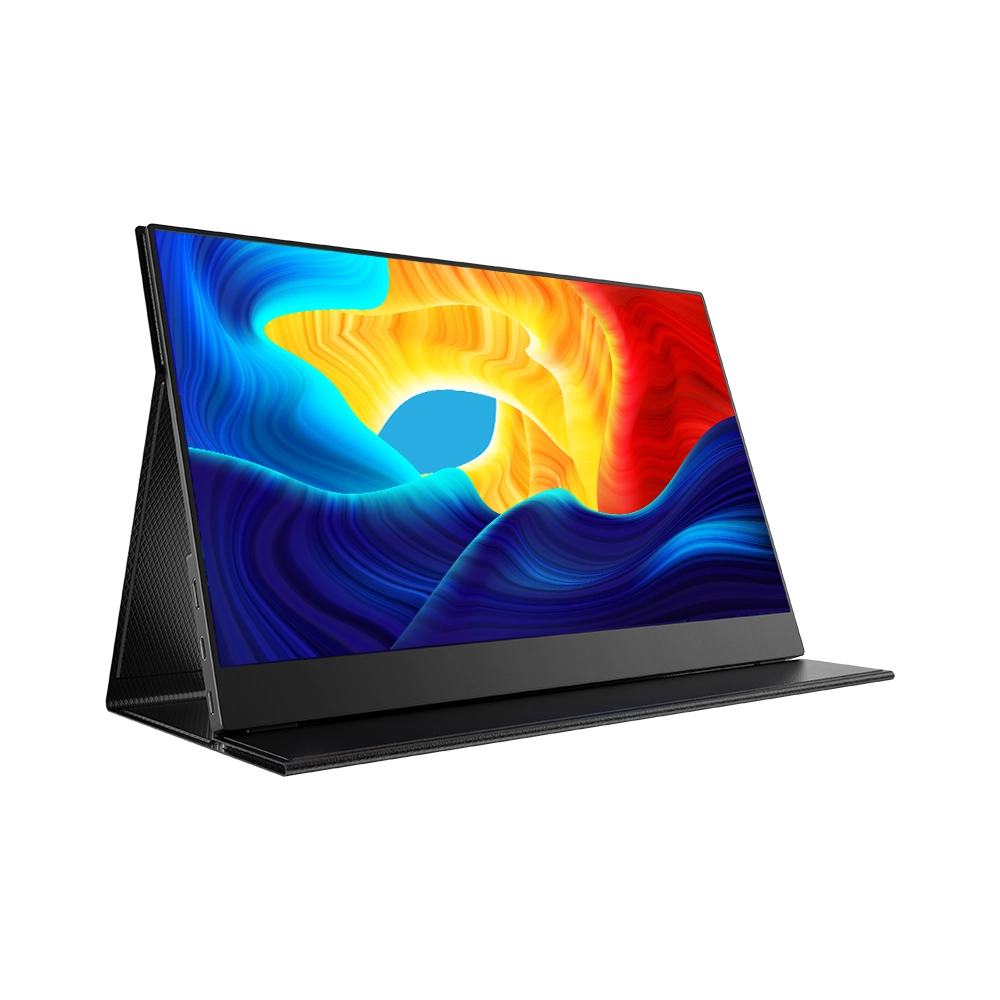
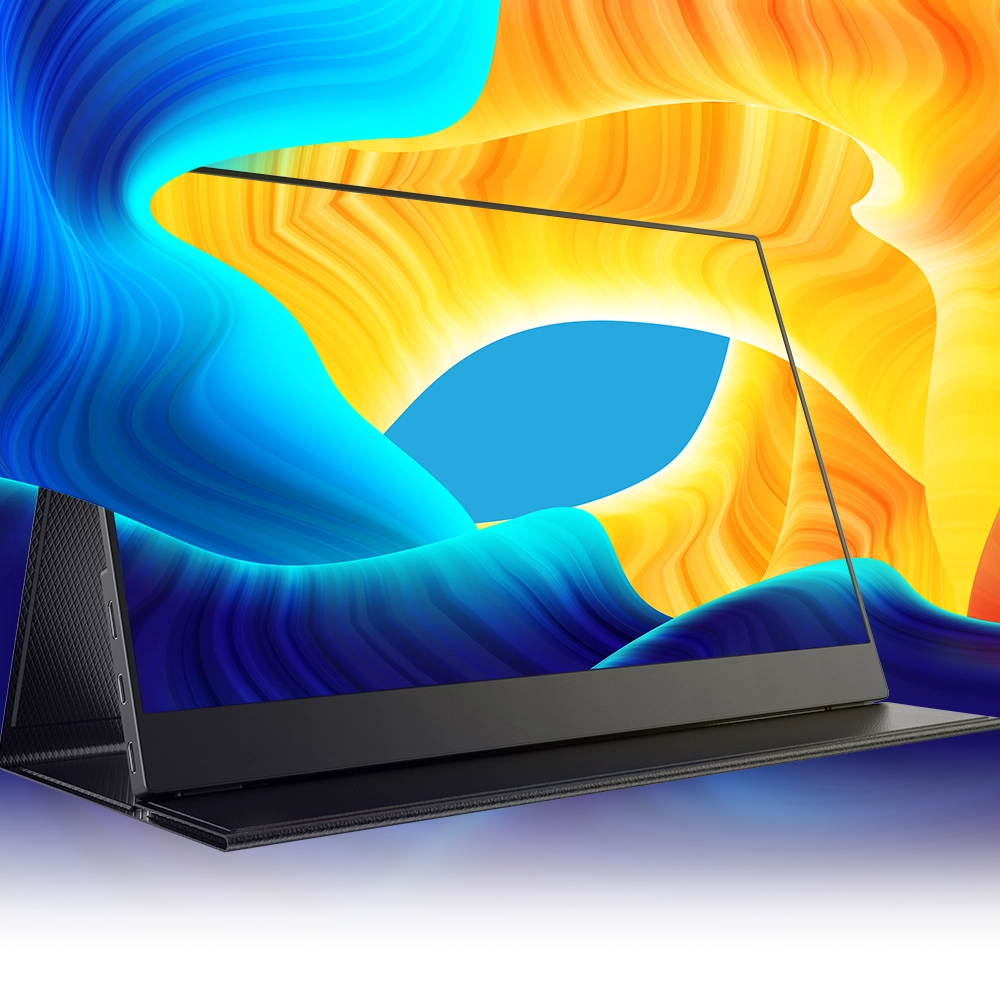
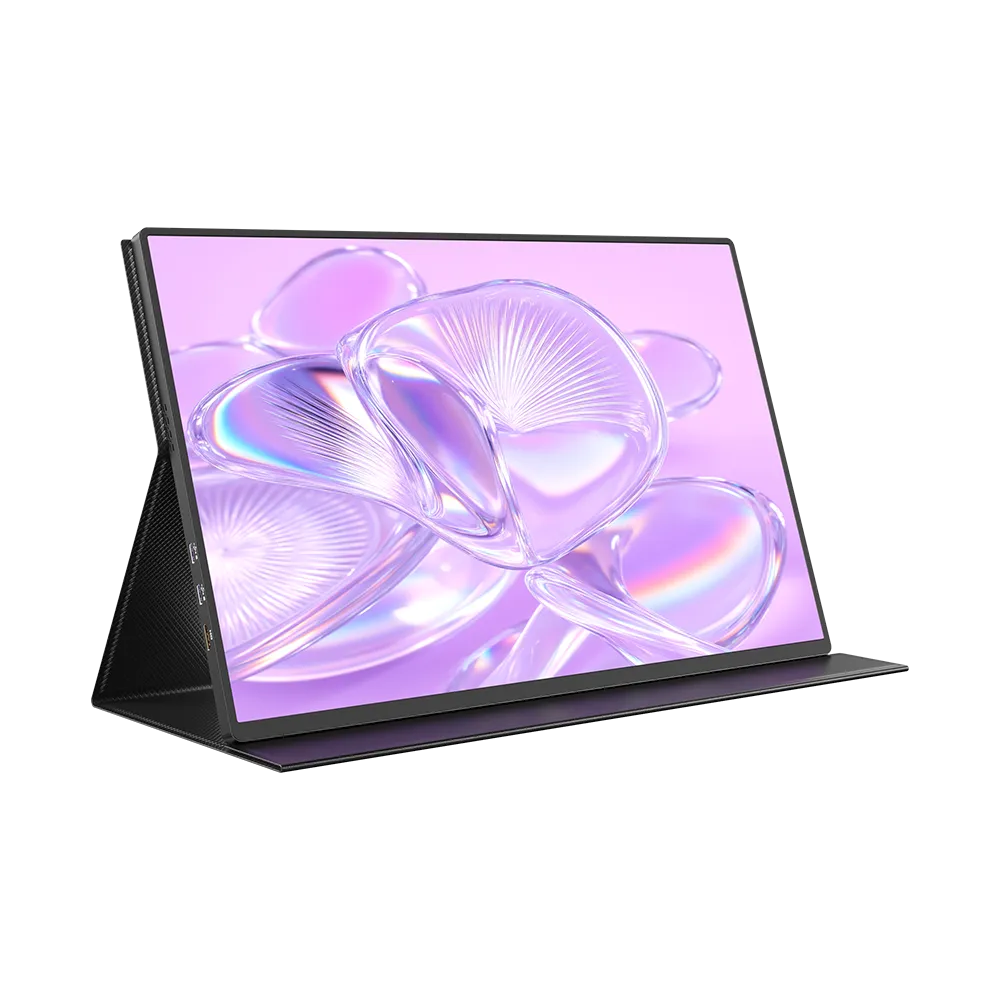
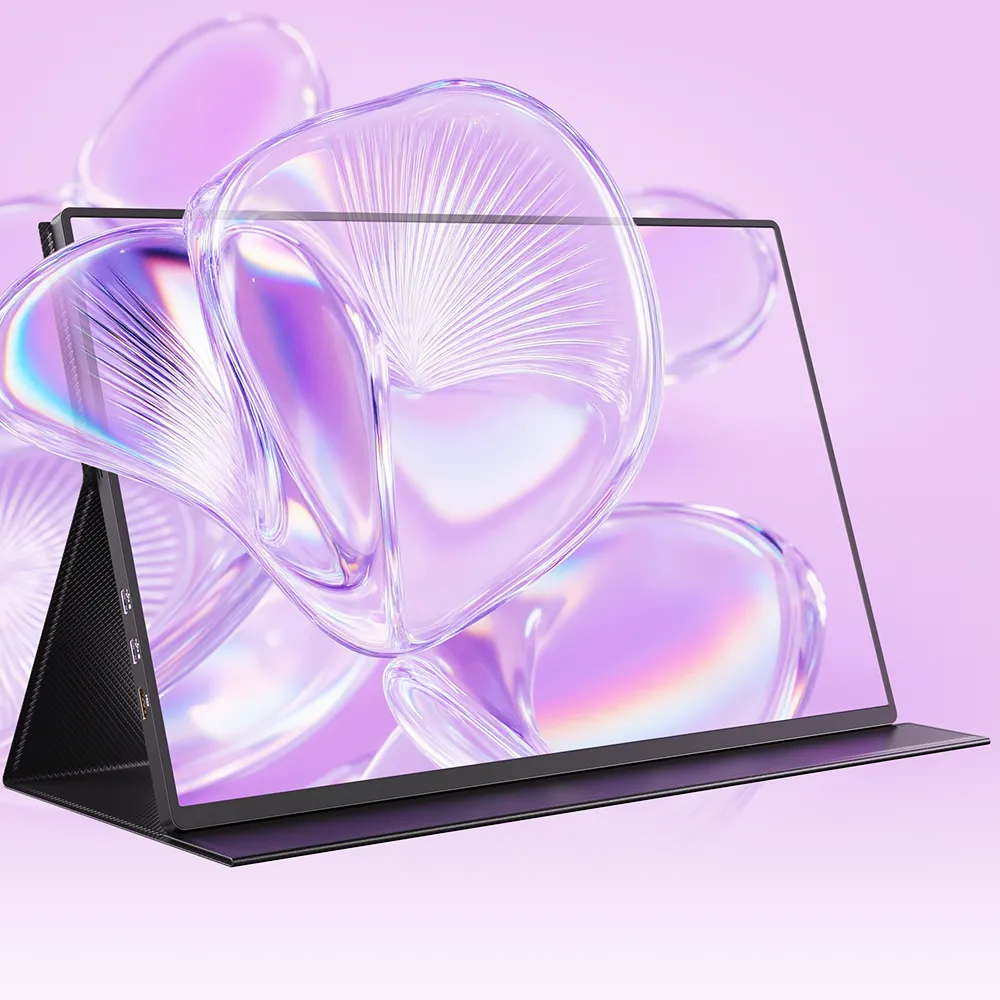


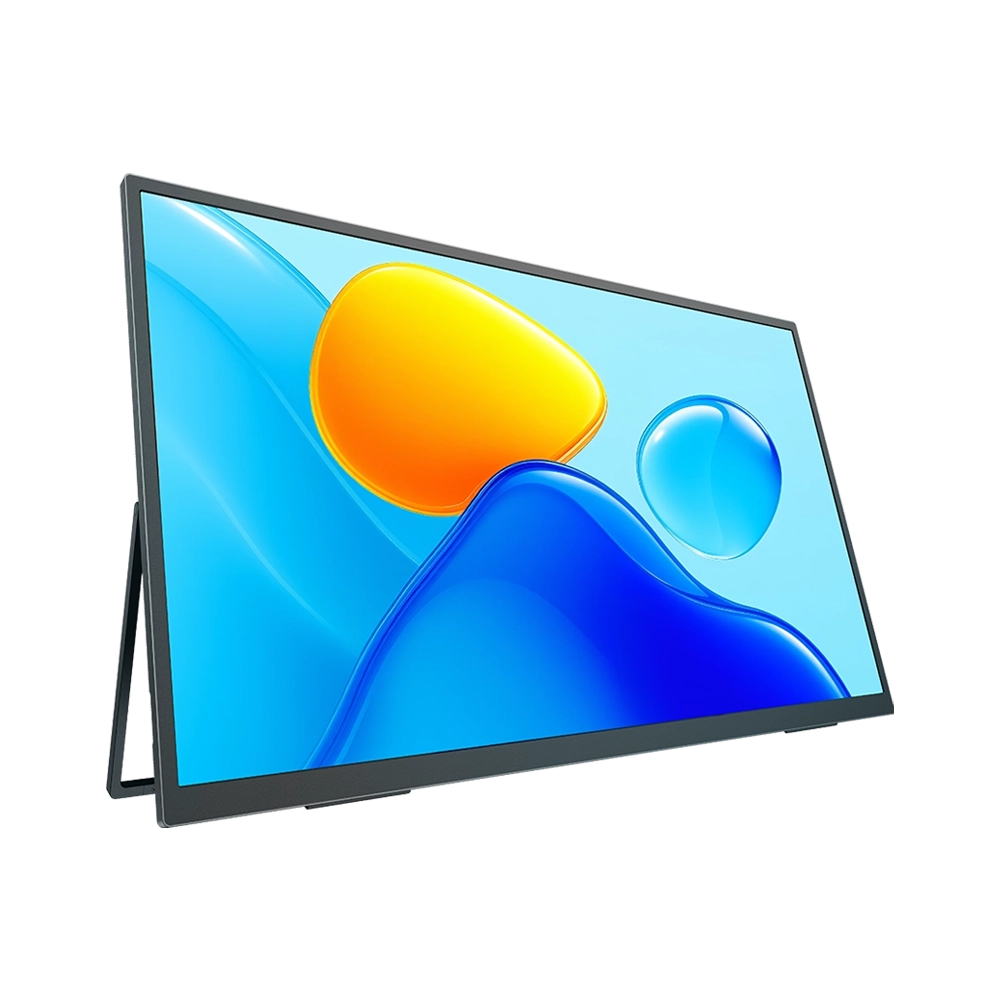
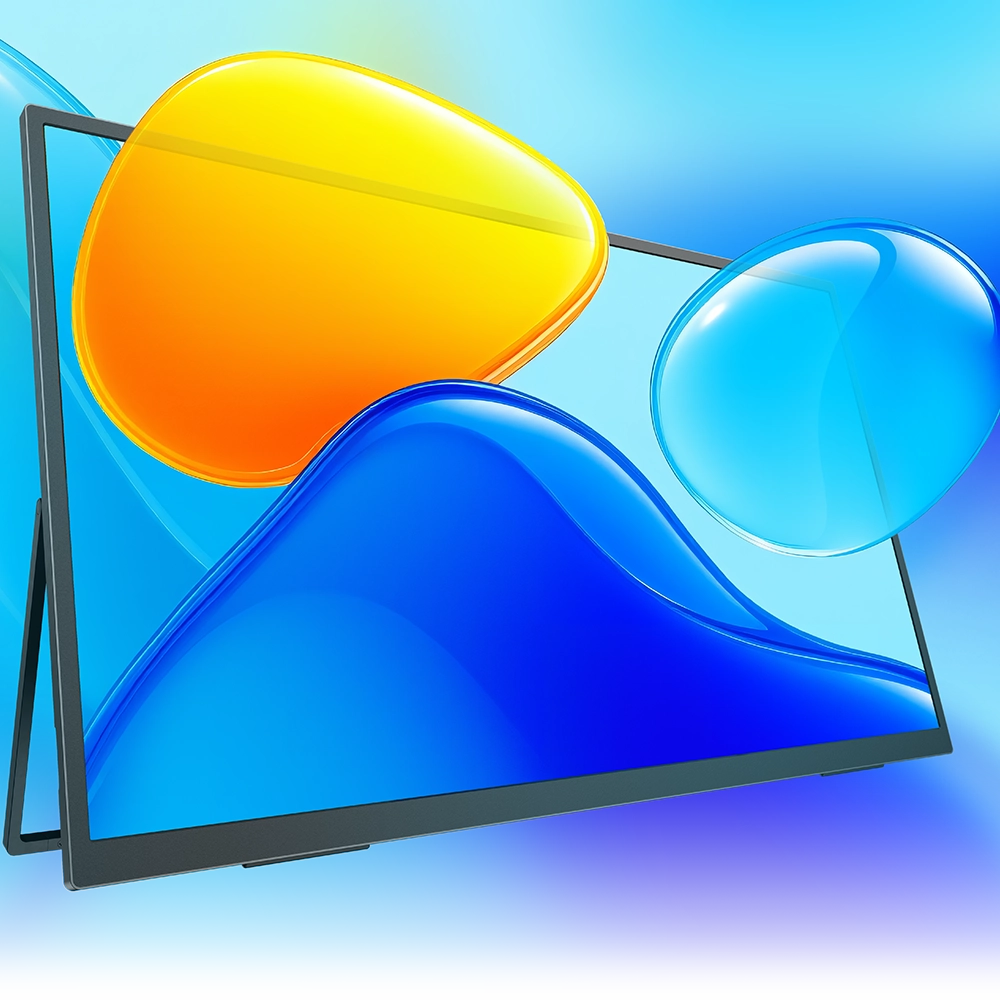


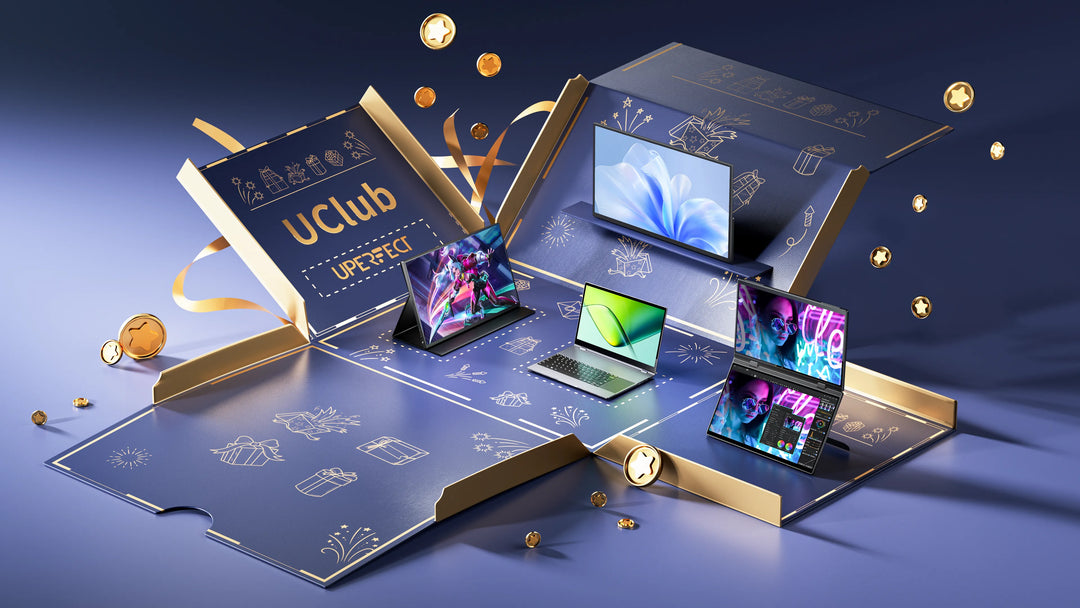
Excellent comprehensive explanation, given in a way that was straightforward and easy to understand.
Thank you very much
Leave a comment